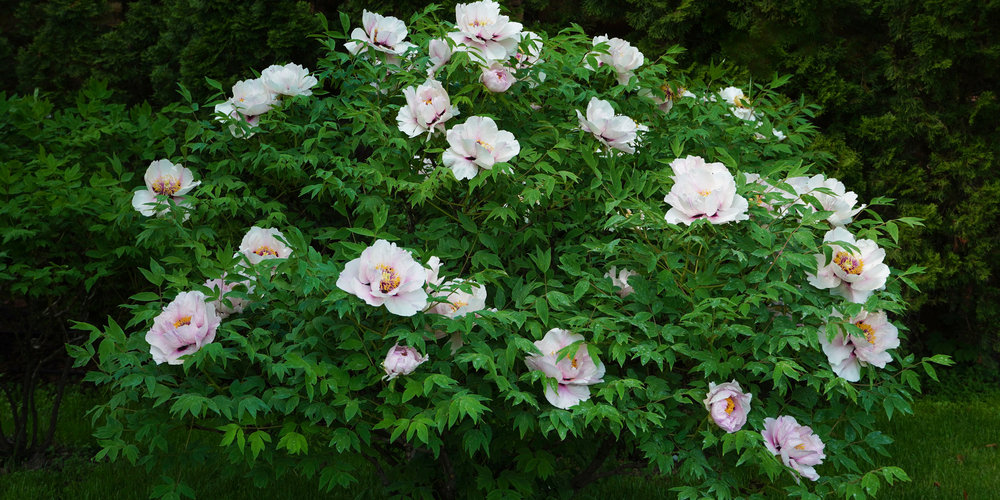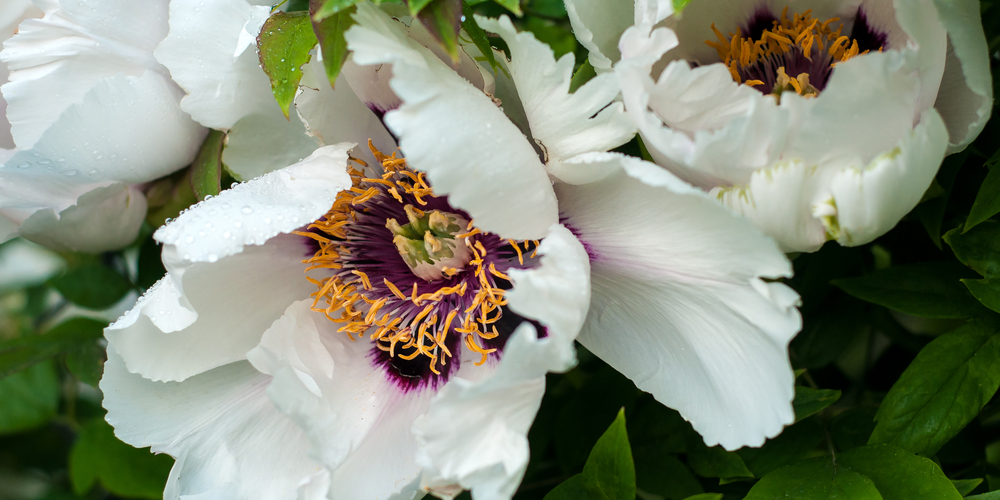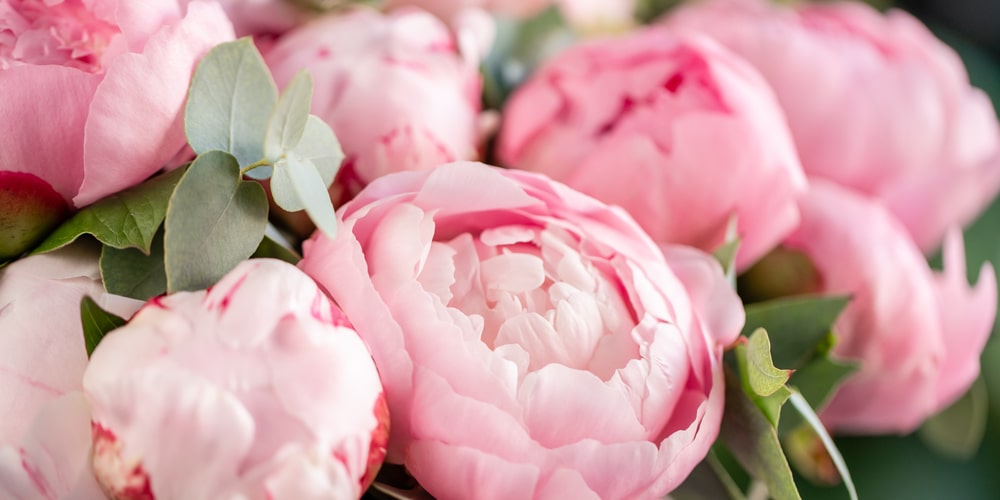Peony blooms are showstoppers and are perhaps the best reason to have them in your Utah garden. First timers might wonder, ‘when to plant peonies in Utah?’
The best time to plant peonies is during the fall season and as a bare root specimen. Sometimes you’ll see them for sale in spring, which is also a good time to put them into the ground.
The good news is that these plants can tolerate frost and will likely survive when you plant them 2 or 3 weeks before the last frost date.
When to Plant Peonies in Utah?
Utah gardeners will have a relatively wide time frame on when they can plant peonies in their yard. If you intend to grow peonies in a container then you don’t have to wait until the last frost date- you can put them in anytime you want.
Bare root peony plants can be installed in yards and outdoor gardens in spring or fall. The perennial is cold hardy and thrives in zones 3 through 8. Furthermore, it requires a chilling period in order to form flower buds.
It’s worth noting that peonies are long-lived perennials, so you should definitely take the time to think about where you’d like to place them.
Consider the plant’s growing requirements and where its scrumptious flowers look best in your landscape before purchasing bare rooted or container peony specimens.
How to Plant Peony in Utah
As a plant, peonies will want to get as much sun as they can, preferably 6 to 8 hours per day. You’ll want to have them against a wall or a similar shelter as they can be top-heavy. It’s not recommended to put them with shrubs or trees since they don’t like competing for resources.
After picking a site, amend the medium with humus and similar organic material. Peonies prefer to stay in one location and do not take well to transplanting.
Place the tubers with the ‘eye’ up and the root down in a 2-inch depth. Early blooming varieties can be planted at an inch and following the same rule. Observe a spacing of 4 feet apart to promote good air flow between each plant and to reduce diseases.
Backfill the hole lightly and keep the same depth of 2 inches. Tamp down gently and water them in. Wait a few days to check if the plant has taken to its environment before thinking of watering or fertilizing.
If you’re transplanting a peony in a container, it should be at the same soil level as it was. Amend the soil with humus and organic matter before tamping down. Water them in well.
How to Care for Peonies in Utah
Peonies are slow-growing at first and take time to develop, mature and produce flowers. They can withstand a bit of neglect and as long as they don’t run out of nutrients.
Fertilize only with organic material such as bone meal, well-rotted manure or compost and apply only during the summer. As a general rule, you can apply fertilizer every few years and only after the blooms are spent.
Peonies often have weak stems, and you can add staking to support them and the giant blooms. Cage wire or peony rings can be installed so that the stem will grow through the support. These flowering plants do not require mulch, and you won’t need to water unless the top inch is dry to the touch.
Deadheading, or the process of removing spent blooms should be done on peony plants to encourage more flowers. It’s recommended that you cut off the flower as it starts to fade to the nearest strong leaf so it won’t be obvious.
Peony is generally hardy but it can suffer from a few pests and diseases, including nematodes, stem rot, tip blight and verticillium wilt. Depending on the variety, you can expect them to bloom from late spring to early summer.
You can even stagger or plant several varieties so your garden will have seemingly never-ending blooms year-round.
The beautiful flowers can be cut and put in a vase- do this in the morning and when the buds are still tight. Alternatively, you can wrap in a paper towel and in a plastic bag in the fridge until you’re ready to display them in your home.
Related Article: Why Do Peonies Not Bloom?


